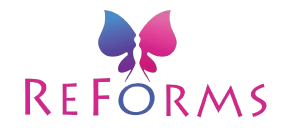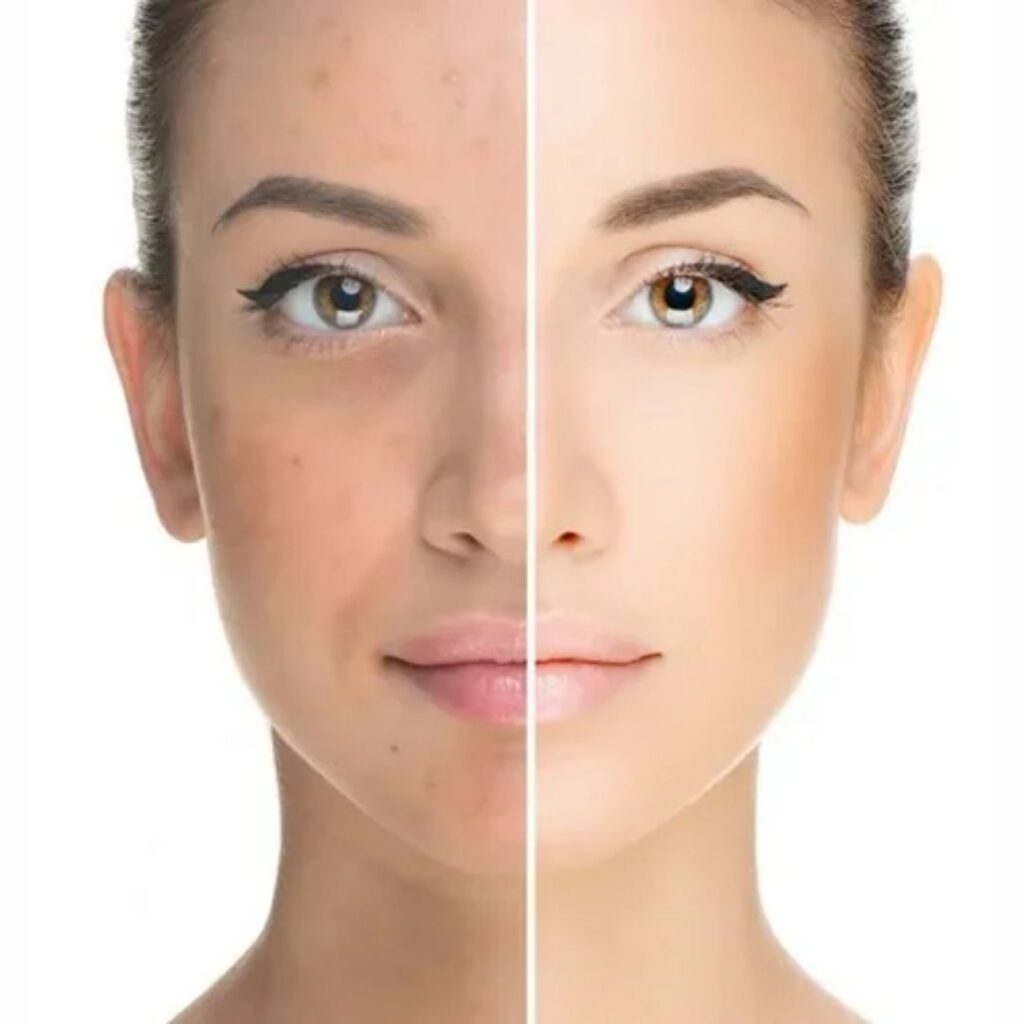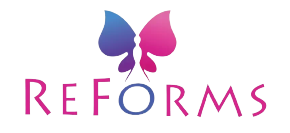Choosing the right skin rejuvenation treatment depends on your skin type, specific concerns, and desired results. Skin rejuvenation treatments address issues like dullness, fine lines, wrinkles, acne scars, pigmentation, and uneven texture.
Here’s a guide to help you pick the best option for your skin type:
1. Identify Your Skin Type and Concerns
- Oily Skin: Tends to have larger pores and be prone to acne.
- Dry Skin: Often feels tight, rough, or flaky.
- Sensitive Skin: Easily reacts to products and treatments.
- Combination Skin: Oily in some areas (typically the T-zone) and dry in others.
- Normal Skin: Balanced, without significant concerns.
2. Types of Skin Rejuvenation Treatments and Their Benefits
- Best for: Oily, acne-prone, or combination skin.
- How it Works: Chemical solutions exfoliate the skin, removing dead cells and promoting new skin growth.
- Addresses: Fine lines, acne, pigmentation, and uneven texture.
- Considerations: Can cause sensitivity; avoid if you have very sensitive skin.
Microdermabrasion
- Best for: Normal to oily skin.
- How it Works: Gently exfoliates the skin’s surface, removing dead skin cells and improving texture.
- Addresses: Dullness, mild scarring, and uneven texture.
- Considerations: Suitable for many skin types but may irritate very sensitive skin.
Microneedling
- Best for: All skin types, especially mature or acne-scarred skin.
- How it Works: Uses tiny needles to stimulate collagen production, rejuvenating and tightening the skin.
- Addresses: Fine lines, wrinkles, and acne scars.
- Considerations: Minimal downtime; however, sensitive skin may require longer recovery.
Laser Resurfacing
- Best for: Normal to oily skin; suitable for pigmentation issues.
- How it Works: Uses targeted laser energy to remove damaged layers of skin and stimulate new collagen.
- Addresses: Wrinkles, pigmentation, sun damage, and scars.
- Considerations: Requires more recovery time; not ideal for very sensitive skin.
Intense Pulsed Light (IPL) Therapy
- Best for: Light to medium skin tones with sun damage or pigmentation issues.
- How it Works: Uses broad-spectrum light to target pigmentation and blood vessels.
- Addresses: Redness, hyperpigmentation, and age spots.
- Considerations: Not suitable for darker skin tones due to the risk of hyperpigmentation.
HydraFacial
- Best for: All skin types, including sensitive skin.
- How it Works: A three-step process that cleanses, exfoliates and hydrates the skin.
- Addresses: Dryness, dullness, and mild signs of aging.
- Considerations: Immediate results with no downtime, making it ideal for sensitive and dry skin.
3. Consider Downtime and Sensitivity
- Minimal Downtime: Treatments like HydraFacials and microdermabrasion are gentle and require little to no downtime.
- Moderate Downtime: Chemical peels and microneedling may need a few days for recovery.
- Longer Downtime: Laser resurfacing can require a week or more of downtime but offers significant improvements for deep skin concerns.
4. Consult a Professional
A dermatologist or licensed aesthetician can assess your skin and recommend a treatment that aligns with your skin type and goals. They can also advise on the number of sessions needed and any pre- or post-treatment care.
By understanding your skin type and specific concerns, you can choose a skin rejuvenation treatment that best suits your needs for healthier, glowing skin.


